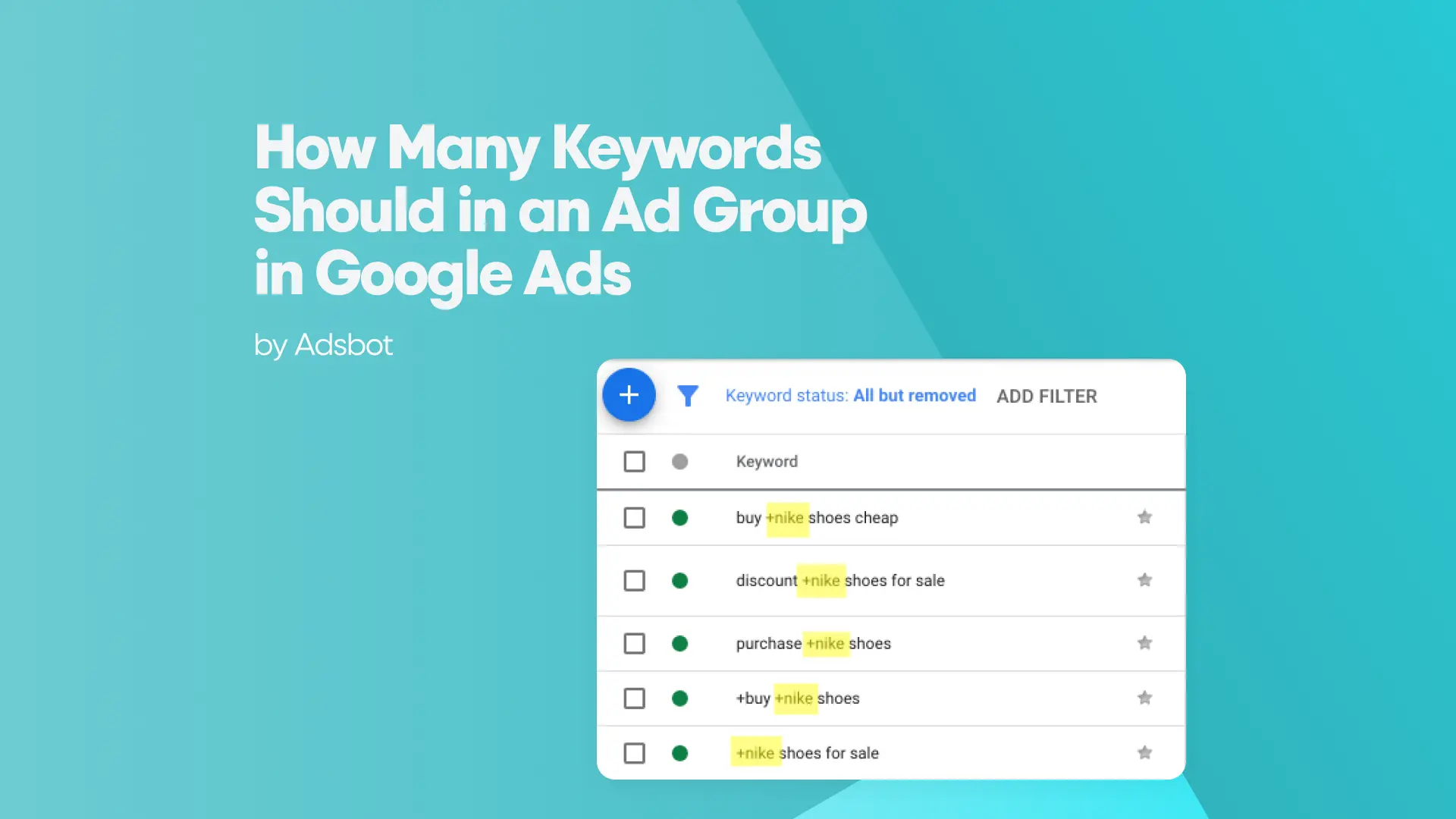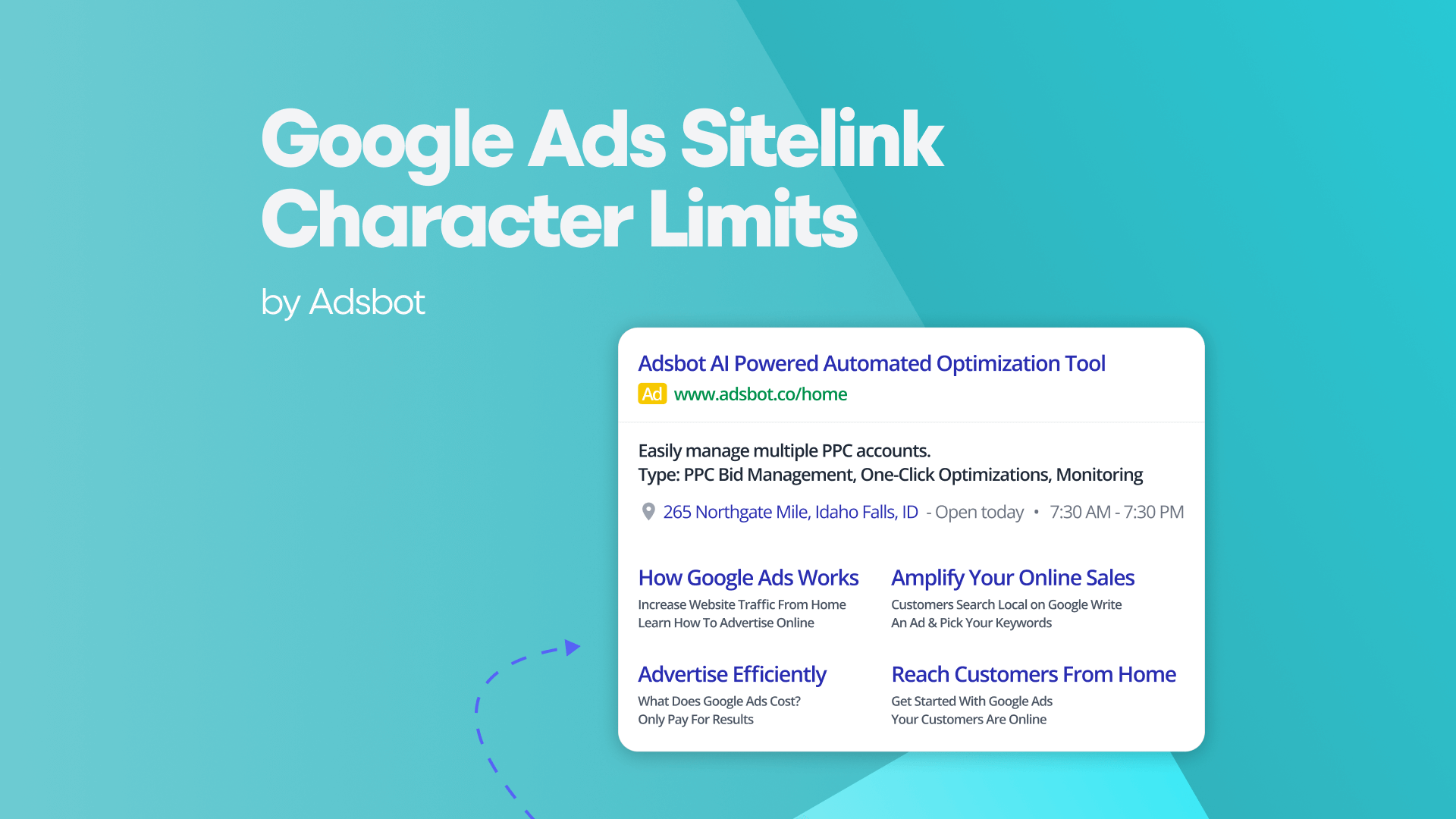- What are the 4 P’s in Marketing?
- The Importance of Marketing Mix
- 4P Digital Marketing: Adapting to the Digital Landscape
- Why Are the 4Ps of Marketing Important?
- 4 Features of Marketing in the Digital Age
- There Are How Many Foundations to Marketing?
- Balancing the 4Ps for Success
The 4P model of marketing—Product, Price, Place, and Promotion—is a fundamental framework used to craft and optimize marketing strategies. In the digital marketing era, this model remains relevant but has evolved to address the unique dynamics of online platforms. Understanding what is the 4 P’s in marketing is essential for marketers looking to connect effectively with their target audience and achieve business objectives.
This article explores how the 4P digital marketing framework applies in the digital age, the importance of marketing mix, and the significance of these elements in shaping successful campaigns.
What are the 4 P’s in Marketing?
The 4 P’s of marketing represent the core components of any marketing strategy:
- Product: The goods or services offered to meet customer needs.
- Price: The value assigned to the product, which affects customer perception and competitiveness.
- Place: The distribution channels used to make the product accessible to consumers.
- Promotion: The methods used to communicate with potential customers and encourage them to purchase.
These elements form the foundation of a cohesive marketing plan. When applied effectively, they help businesses deliver value, stand out in competitive markets, and achieve sustainable growth.
The Importance of Marketing Mix
The importance of marketing mix lies in its ability to provide a structured approach to strategy development. Each “P” interacts with the others, creating a comprehensive plan that aligns with the business’s objectives and audience needs. For example, a premium-priced product (Price) requires high-quality materials (Product), exclusive distribution channels (Place), and sophisticated advertising (Promotion).
A well-balanced marketing mix ensures:
- Consistency across all touchpoints.
- Efficient resource allocation.
- Enhanced customer satisfaction.
- Better ROI from marketing campaigns.
4P Digital Marketing: Adapting to the Digital Landscape
In the digital era, the 4 P’s have adapted to new technologies, platforms, and consumer behavior. Here’s how each element fits into the modern digital marketing landscape:
1. Product: Digital Customization and User Experience
In digital marketing, “Product” goes beyond physical goods to include services, apps, and even content. Businesses must ensure their offerings meet the unique needs of online users.
Key considerations include:
- Customization: Personalizing products or services based on customer data.
- User Experience (UX): Ensuring a seamless and enjoyable experience on digital platforms like websites and mobile apps.
- Continuous Improvement: Leveraging user feedback and analytics to refine offerings.
For instance, streaming platforms like Netflix use algorithms to recommend personalized content, enhancing the value of their service.
2. Price: Competitive Strategies in a Transparent Market
Digital marketing has increased price transparency, enabling consumers to compare options easily. To stay competitive, businesses must adopt flexible pricing strategies.
Techniques include:
- Dynamic Pricing: Adjusting prices based on demand, seasonality, or competitor actions.
- Freemium Models: Offering free basic services with premium upgrades.
- Bundling and Discounts: Creating attractive packages to drive sales.
For example, e-commerce platforms like Amazon use dynamic pricing to remain competitive while maximizing profitability.
3. Place: Omnichannel Presence
“Place” in digital marketing refers to making your product or service available where your customers are active online. An effective strategy combines multiple channels to create an omnichannel presence.
Key approaches include:
- E-commerce Platforms: Selling directly through websites or third-party platforms like Shopify or Etsy.
- Social Media: Leveraging platforms like Instagram and TikTok for direct sales or brand awareness.
- Mobile Optimization: Ensuring products are easily accessible on smartphones.
By prioritizing convenience and accessibility, businesses can reach wider audiences and increase sales.
4. Promotion: Engaging a Digital Audience
Promotion has transformed dramatically in the digital age. The focus has shifted from traditional advertising to interactive, personalized, and measurable methods.
Popular promotional strategies include:
- Social Media Marketing: Building brand awareness and engaging with audiences on platforms like Facebook and LinkedIn.
- Content Marketing: Creating valuable content to attract and retain customers.
- Influencer Partnerships: Collaborating with influencers to reach niche markets.
- Pay-Per-Click (PPC) Advertising: Driving targeted traffic through paid ads on platforms like Google Ads.
The effectiveness of digital promotion lies in its ability to track results, enabling marketers to optimize campaigns in real time.
Why Are the 4Ps of Marketing Important?
The 4Ps are essential because they provide a holistic view of the factors that influence consumer decisions. They guide marketers in balancing different elements to create cohesive and effective strategies.
In digital marketing, the 4Ps help:
- Align Efforts: Ensuring consistency across digital channels and touchpoints.
- Adapt Strategies: Addressing changing consumer behavior and technological advancements.
- Measure Success: Linking each “P” to specific KPIs for better performance tracking.
4 Features of Marketing in the Digital Age
Marketing in the digital era has unique characteristics that distinguish it from traditional approaches. These include:
- Interactivity: Digital marketing fosters two-way communication between brands and consumers.
- Personalization: Advanced analytics and AI enable hyper-targeted campaigns.
- Global Reach: The internet allows businesses to connect with audiences worldwide.
- Real-Time Analytics: Marketers can track performance instantly and make data-driven decisions.
There Are How Many Foundations to Marketing?
While the 4Ps form the core of marketing, many frameworks expand upon these foundations. For example, some models add elements like People, Process, and Physical Evidence, creating a more detailed approach. However, the original 4Ps remain the cornerstone of marketing education and practice.
Balancing the 4Ps for Success
Achieving success with the 4Ps requires careful consideration of how each element complements the others. For example:
- An innovative product must be paired with an engaging promotional strategy.
- Competitive pricing should align with the perceived value of the offering.
- Accessible distribution channels are crucial for ensuring a seamless customer experience.
The 4P model of marketing continues to play a pivotal role in shaping effective strategies, even in the digital age. By adapting place promotion price product to the unique dynamics of online platforms, businesses can craft campaigns that resonate with modern consumers. Understanding why are the 4Ps of marketing important is important for anyone looking to drive success in today’s competitive landscape. Embracing these principles ensures that businesses remain relevant, customer-focused, and capable of achieving their objectives in an ever-evolving market.
Popular Posts
-
How Many Keywords Should Be In an Ad Group in Google Ads?
Ever wondered if your Google Ads campaigns are packed with…
Read more -
Google Ads Script for Dummies: An Introduction
Imagine you have an e-commerce website that sells licensed superhero…
Read more -
Google Ads Sitelink Character Limits
Your Google Ads are cutting off in the middle of…
Read more -
What Is Conversion Value in Google Ads?
What if you could put a price tag on every…
Read more
Register for our Free 14-day Trial now!
No credit card required, cancel anytime.





